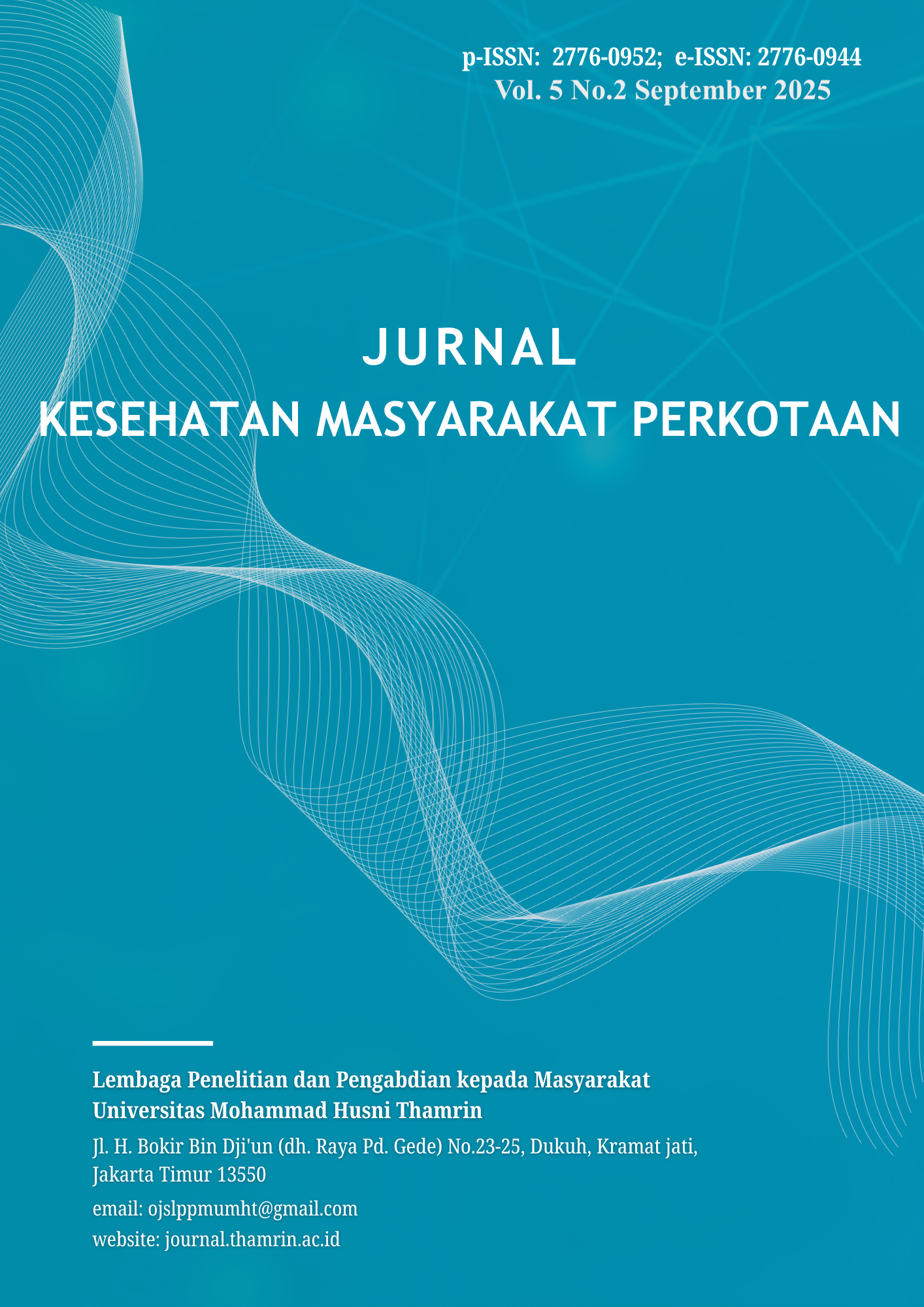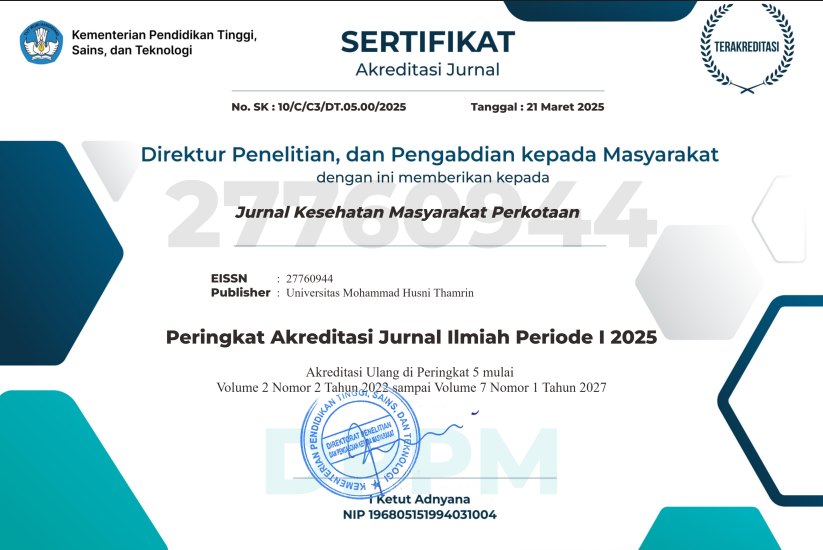Validity and Reliability of the Physical Activity Questionnaire for Older Children (PAQ-C) and Adolescent Sedentary Activities Questionnaire (ASAQ)
DOI:
https://doi.org/10.37012/jkmp.v5i2.3083Abstract
Physical activity and sedentary behavior are two key factors influencing children’s nutritional status, particularly in relation to overweight and obesity. Measuring these aspects requires instruments that are both valid and reliable within the Indonesian cultural context. Objective: This study aimed to assess the validity and reliability of the Indonesian versions of the Physical Activity Questionnaire for Older Children (PAQ-C) and the Adolescent Sedentary Activities Questionnaire (ASAQ) among elementary school students. Methods: The study involved 96 fifth-grade students from a private elementary school in Jakarta using translated versions of PAQ-C and ASAQ. Validity was tested using the Pearson Product Moment correlation, while reliability was examined using Cronbach’s Alpha. Results: Of the nine PAQ-C items, eight were found to be valid (r = 0.212–0.666 > r-table = 0.1689), while one item was invalid (r = 0.042). The Cronbach’s Alpha value of 0.718 indicated good internal reliability. For ASAQ, six out of eleven items were valid, with a relatively low reliability (Cronbach’s Alpha = 0.413). Recommendation: It is recommended to modify the PAQ-C with minor adjustments to the types of sports activities to better reflect the local context of Indonesian children, and to revise the ASAQ through cultural and technological adaptation, simplification of overlapping items, and improvement of the administration procedure to better capture the sedentary behavior of Indonesian children today.
Downloads
Published
How to Cite
Issue
Section
Citation Check
License
Copyright (c) 2025 Hesti Riana Anggraini, Ajeng Tias Endarti, Brian Sri Prahastuti

This work is licensed under a Creative Commons Attribution 4.0 International License.
Jurnal Kesehatan Masyarakat Perkotaan allows readers to read, download, copy, distribute, print, search, or link to the full texts of its articles and allow readers to use them for any other lawful purpose. The journal allows the author(s) to hold the copyright without restrictions. Finally, the journal allows the author(s) to retain publishing rights without restrictions Authors are allowed to archive their submitted article in an open access repository Authors are allowed to archive the final published article in an open access repository with an acknowledgment of its initial publication in this journal.

Lisensi Creative Commons Atribusi 4.0 Internasional.











